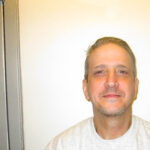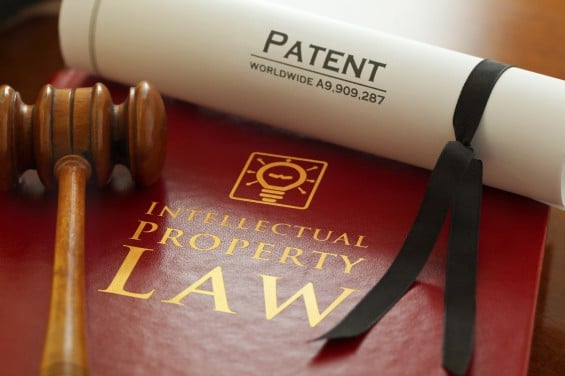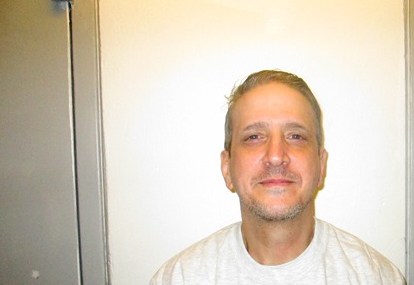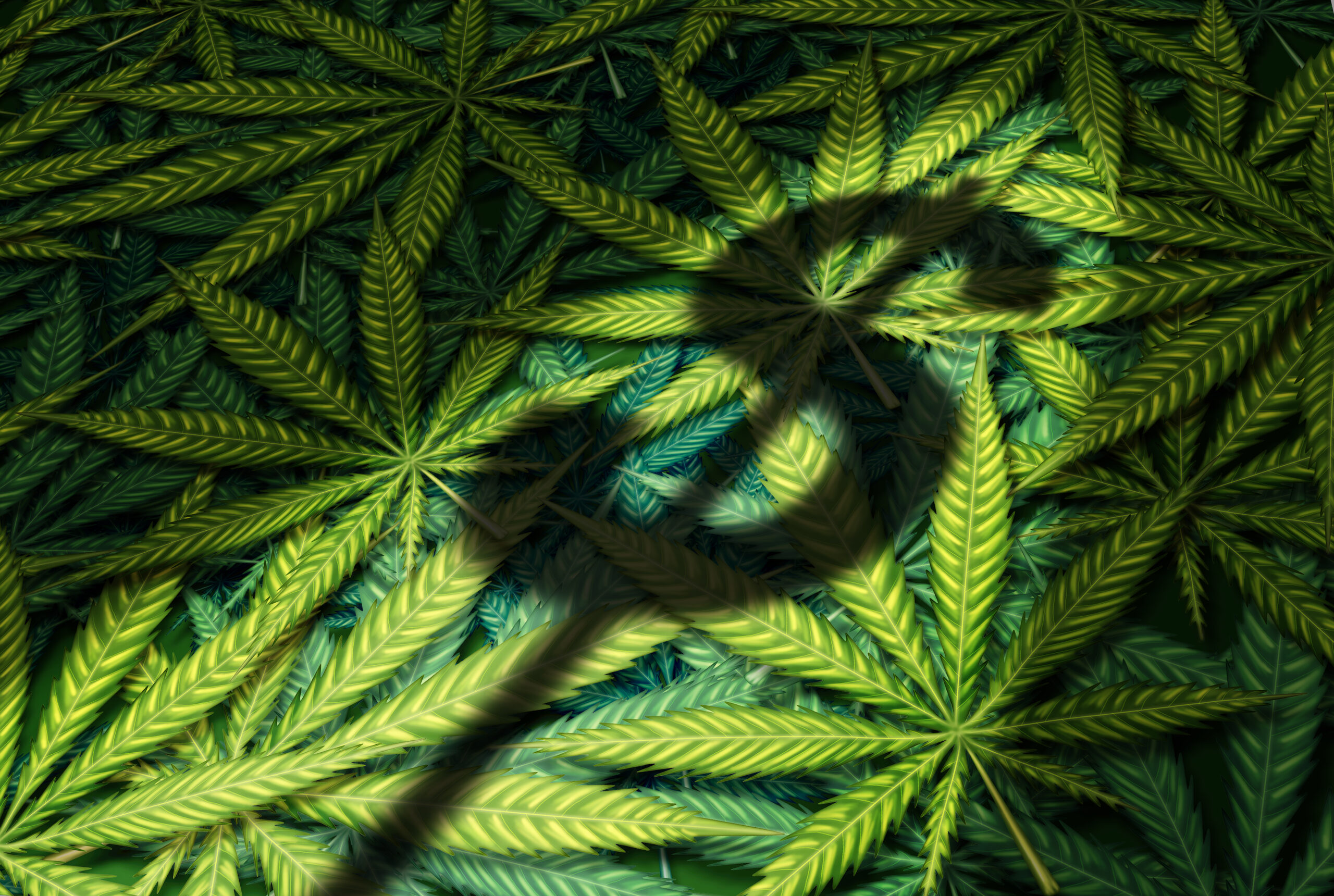 One of the legacies of the COVID era is the use of Zoom/Teams/other video platforms as part of a litigator’s regular workflow. In my case, these tools have put me in the same virtual room as opposing in-house counsel for direct negotiation of a patent license, as well as in a virtual mediation room hosted by a federal magistrate judge. Those previously unthinkable interactions are of course just snacks in a steady diet of video calls with clients, opposing counsel, and those looking to do business with our firm. I have done calls late at night and first thing in the morning with representatives of Asian companies and law firms, just as easily as I have done mid-afternoon calls with colleagues domestically, irrespective of their time zone. In short, I and many others have been living through a revolution in how we communicate as lawyers, with what was previously a figment of the imagination having turned into a daily reality for many of our practices.
One of the legacies of the COVID era is the use of Zoom/Teams/other video platforms as part of a litigator’s regular workflow. In my case, these tools have put me in the same virtual room as opposing in-house counsel for direct negotiation of a patent license, as well as in a virtual mediation room hosted by a federal magistrate judge. Those previously unthinkable interactions are of course just snacks in a steady diet of video calls with clients, opposing counsel, and those looking to do business with our firm. I have done calls late at night and first thing in the morning with representatives of Asian companies and law firms, just as easily as I have done mid-afternoon calls with colleagues domestically, irrespective of their time zone. In short, I and many others have been living through a revolution in how we communicate as lawyers, with what was previously a figment of the imagination having turned into a daily reality for many of our practices.
My thinking about this significant shift and its impacts was spurred by a recent order I saw in a patent case pending in Maryland that discussed the use of video in an interesting way. For some reason, it reminded me of the famous launch of MTV, with its airing of “Video Killed the Radio Star” sending a message that the music industry would never be the same. While I don’t want to get too hyperbolic here, there has been something striking about how quickly the walls have come down around the idea of a lawyer’s office as their sanctum — a sentiment now replaced with the very real possibility of a lawyer joining a video conference from their bedroom. Sure, there are tremendous cost savings and efficiency gains enabled by the availability of videoconferencing to even the most technologically challenged lawyer’s toolbox. But as with every advancement, there is also something lost in the process. Call it mystique, or dignity, or professional distance — there is a good argument that can be made that certain types of legal activity don’t translate very well to the world of video either.
It was interesting, therefore, to see the District of Maryland’s Hon. Stephanie A. Gallagher enter an order in a long-running patent dispute — pending since 2018 — relating to enforcement of the local rule for counsel to engage in a meaningful meet and confer process on trying to resolve issues relating to their respective expert challenges under Daubert. (For her part, Gallagher has had a modest share of patent cases in her time on the bench, but no one would consider Maryland a hotbed for patent filings.) In her order, the court did not hesitate to remind the parties that she “has neither the time nor the inclination to review an endless stream of correspondence filed by attorneys who have not engaged in the required meet and confer process.” Accordingly, she ordered the parties to hold “at least a two hour meet and confer, either in-person or by videoconference” — with a recording made of the meet and confer no matter which option the parties chose.
The order continued that following the meet and confer “the recording should be submitted to the Court along with the joint submission, so that this Court can assess the parties’ respective good faith efforts to reach resolution of their disputes.” For me at least, such an order was an original attempt to rein in attorney noncompliance with local rules. More importantly, I wonder how much the fact that we are practicing in a video-driven age made the idea of recording a meet and confer for the court’s review palatable to the judge.
To their credit, counsel appear to have complied with the court’s order without complaint. In a letter dated May 16, 2024, counsel confirmed for the court that the ordered two-hour-plus meet and confer had taken place — and had been video recorded as well. Counsel offered to send the court the recording, as well as a recording of a prior meet and confer on the same issues that took place via videoconference just before the court’s order was issued. The latter offer raises the question of whether the court already knew that a prior meet and confer had been recorded. The fact that her order did not specify a request for that video recording suggests that it didn’t. Either way, it will be interesting to see if this type of recording of meet and confer practice — between parties, or as ordered by judges — begins to take root in patent cases nationwide, or will only pop up on an ad hoc basis in a limited set of cases.
Ultimately, we all know that a certain class of litigator continues to celebrate their skill at obfuscation and acting tough in discovery contexts. Will it become standard practice for litigators opposing such sharp practitioners to insist on video conferences as a way of trying to limit such behavior? Will it become standard practice to record video meet and confer sessions for submission to judges as proof of compliance or bad behavior by one or all of the participants? The easier it is to set up those video conferences — and click a simple record button to create a recording — the more likely it is that litigator comfort with those possibilities is likely to increase. For now, there remains some glory available for litigators that take a bulldog approach to handling discovery. But we may fast be approaching the day where we can say that video killed the discovery star.
Please feel free to send comments or questions to me at gkroub@kskiplaw.com or via Twitter: @gkroub. Any topic suggestions or thoughts are most welcome.
Gaston Kroub lives in Brooklyn and is a founding partner of Kroub, Silbersher & Kolmykov PLLC, an intellectual property litigation boutique, and Markman Advisors LLC, a leading consultancy on patent issues for the investment community. Gaston’s practice focuses on intellectual property litigation and related counseling, with a strong focus on patent matters. You can reach him at gkroub@kskiplaw.com or follow him on Twitter: @gkroub.
#Video #Killed #Discovery #Star










